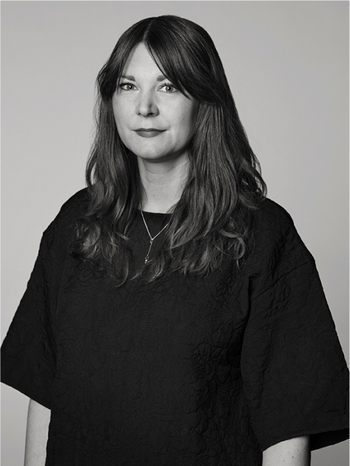Carl Malmsten
Carl Malmsten, a Swedish Grace sofa, Svenska Möbelfabrikerna Bodafors, 1920's.
Tapestry birch, blackened crosses, padded spring seat and back upholstered in yellow textile. Length 210, depth 68, height 84, seat height 42 cm.
Wear. Marks. Minor damages to fabric.
Exhibitions
This model pictured from Prince Gustaf Adolf's office, Riksvarumässan in Gothenburg 1922-23 and the Triennale Milan 1925.
Literature
Svenska slöjdföreningens tidskrift: organ för konstindustri, handtverk och hemslöjd, Svenska slöjdföreningen, Stockholm, 1921.
Also depicted in The Svenska Slöjdföreningen, Archive.
More information
In 1922, the Svenska Sjöjdföreningen (Swedish Handicraft Association) organized a competition among Swedish designers, commissioned by the Svenska Möbelfabrikerna, in order to develop new furniture models for the company's production.
Malmsten participated with a living room that included these pieces.
Designer
Carl Malmsten is one of Sweden's most famous furniture designers. Many of his furniture are considered modern design classics, for example, the cane chair "Lilla Åland", the armchair "Farmor", the sofa "Samsas", the cabinet "Herrgården", and the furniture series "Vardag".
Both "Lilla Åland" and "Vardag" adopted the ideals of "beautiful everyday goods" of the 1940s. Their neat shape and frugal design quickly became timeless interior details that we still see in many homes today.
At the beginning of his career, Malmsten interned at various carpentry workshops and studied furniture at Nordiska museet and Skansen. He had his breakthrough in 1916 when he was commissioned to design part of the interior of Stockholm's City Hall.
During his career, Malmsten collaborated with several architects, such as Ragnar Östberg, Ivar Tengbom, and Ferdinand Boberg. He designed furniture for Stockholm's concert hall and Ulriksdal castle. He participated in the now iconic hosing exhibition at Liljevalchs gallery in 1917, where the term "Beautiful everyday goods" was coined.





























































